Tomato trellis or cages again?
karl_tn
8 years ago
last modified: 8 years ago
Featured Answer
Sort by:Oldest
Comments (39)
daninthedirt (USDA 9a, HZ9, CentTX, Sunset z30, Cfa)
8 years agolast modified: 8 years agokarl_tn thanked daninthedirt (USDA 9a, HZ9, CentTX, Sunset z30, Cfa)Related Discussions
Tomato Cage Trellis
Comments (5)Lovely! I really like using tomato cages for potted vines. I fasten the small ends of two cages together to make a tall trellis. I think you can carry your vines through the winter inside if you keep it watered and as the other poster said, in a sunny window. Thanks for sharing. spiderwoman...See MoreGurney's Tomato Cages vs. Texas Tomato Cages.
Comments (39)Commercial growers worry about things like ease of harvest and uniformity of fruit size, and they tend to have much more intense disease pressures than hobby growers. People who cage generally just let the plant grow as it will. Pruning is reserved for dying or diseased leaves, aside from aggressive removal of leaves from the bottom of the plant to keep foliage away from the soil. Some people will prune off growing tips once the end of the season gets near in order to try to ripen up the fruits already on the plant before frost. Others don't bother and say it doesn't make much of a difference. Some will cut off the tops once the plant grows as tall as the cage, but others will let the vines flop over the top of the cage and continue to grow and hang down. Regardless, the leaves are where the plant produces the sugars and other nutrients that go into making the fruit, so there's some logic to the idea of keeping as much of the foliage as possible. Disease is what you have to weigh against that, so it's a balancing act. Length of growing season is also a consideration. Is there a point in letting a plant get huge and wild and produce a gazillion flowers and set a ton of fruit if you don't have the time for those fruit to mature before frost? Also, if you want to plant a lot of varieties but have insufficient space to let them all grow into huge, caged plants and are OK with a smaller harvest from each plant, you could prune enthusiastically and grow the plants closer together. It's really a matter of what your goals and needs are....See MoreDo we finally have a great ready-use cage/trellis for tomatoes?
Comments (13)For small-medium plants some of the large 4 ring, 4 leg cages work for me. However, it is best if the legs are pushed in until the first ring rests on the ground. It is much more stable and usually doesn't need an additional stake to keep a mature plant upright. I cringe when I see people pushing cages only a few inches into the ground and usually see them tipped over a month later unless they have reinforced them with other stakes. The extra 6 inches of height is not worth the flimsy, tipping over cage that results. Of course sometimes I have to make several attempts to get a cage in far enough when there are rocks in the soil. But it is better to spend the time when the plant is small than attempt to fix things when it is larger....See MoreYour success story's with Trellis', cages, ect this year?
Comments (44)dcarch, Thanks for posting that diagram of your 'suspension bridge' tomato support system. We already have the poles in the ground and DH will rig the 'suspension' for 2010. Finally we have a tomato support that will work AND give air circulation to the plants. BTW we grow in EarthBox and will set the EB's right down the middle of the suspension supports - I can see it now.......... Thanks!! natal, Thanks for that photo of your garden. I have wanted DH to put more of my garden in the front yard and after he saw your photo he said "We can do that - easy" We are off to get the fencing in a few days. We downloaded your photo for reference. Thanks!! DL...See Morekarl_tn
8 years ago- karl_tn thanked daninthedirt (USDA 9a, HZ9, CentTX, Sunset z30, Cfa)
- karl_tn thanked daninthedirt (USDA 9a, HZ9, CentTX, Sunset z30, Cfa)
daniel_nyc
8 years agolast modified: 8 years ago- karl_tn thanked daninthedirt (USDA 9a, HZ9, CentTX, Sunset z30, Cfa)
- karl_tn thanked daninthedirt (USDA 9a, HZ9, CentTX, Sunset z30, Cfa)
- karl_tn thanked daninthedirt (USDA 9a, HZ9, CentTX, Sunset z30, Cfa)
- karl_tn thanked daninthedirt (USDA 9a, HZ9, CentTX, Sunset z30, Cfa)
- karl_tn thanked daninthedirt (USDA 9a, HZ9, CentTX, Sunset z30, Cfa)
karl_tn
8 years agoSeysonn_ 8a-NC/HZ-7
8 years agorgreen48
8 years agolast modified: 8 years ago
Related Stories

EDIBLE GARDENSSummer Crops: How to Grow Tomatoes
Plant tomato seedlings in spring for one of the best tastes of summer, fresh from your backyard
Full Story
GARDENING GUIDESCalifornia Gardener's June Checklist
Update your hydrangeas, catch up on tomatoes and more ways to enjoy your California garden in June
Full Story
LIFEYou Showed Us: 20 Nutty Home Fixes
We made the call for your Band-Aid solutions around the house, and you delivered. Here's how you are making what's broken work again
Full Story
FARM YOUR YARDHouzz Call: Home Farmers, Show Us Your Edible Gardens
We want to see where your tomatoes, summer squashes and beautiful berries are growing this summer
Full Story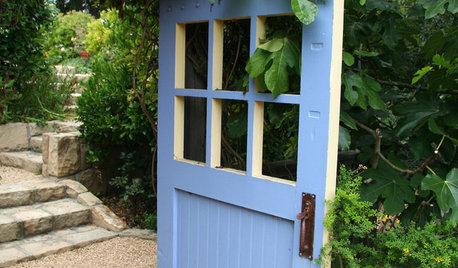
LANDSCAPE DESIGNArtful Salvage: Old Doors Decorate the Garden
In a fence or leading only to imagination, salvaged doors can create lots of intrigue for little cash
Full Story
EDIBLE GARDENSHouzz Call: What Did You Grow This Summer?
Let’s celebrate the homegrown fruits and vegetables of the season. Post your pictures and tell us about your harvest
Full Story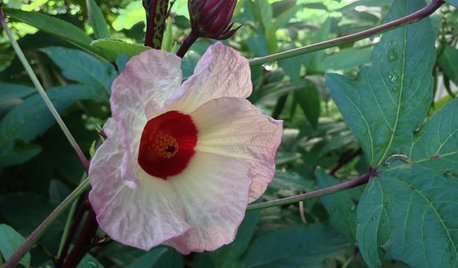
EDIBLE GARDENSGreat Design Plant: Roselle Tantalizes With Beauty and Flavor
Call it a fruit or a flower or a sweet vegetable. This hibiscus is so lovely, all that matters is calling it forth in your garden
Full Story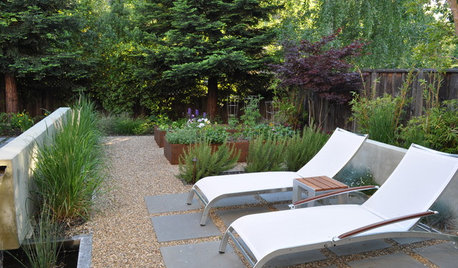
URBAN GARDENSHarvest the Bounty of a Patio Garden
Make the most of small spaces on decks and balconies to enjoy your pick of vegetables, fruits and herbs
Full Story
EDIBLE GARDENS8 Surefire Vegetables and Herbs for Beginning Gardeners
Learn the edible plants that are popular and easy to grow in a backyard or container garden
Full Story
EDIBLE GARDENSSummer Crops: How to Grow Pumpkins
Start in spring to grow your own fall decorations and have plenty left for pies
Full Story


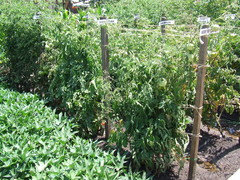
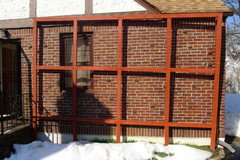
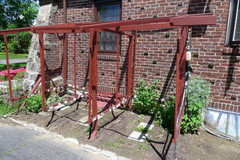
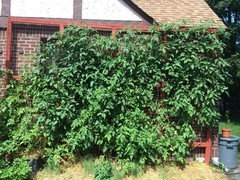
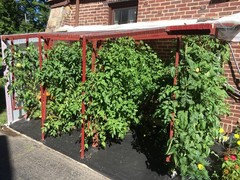
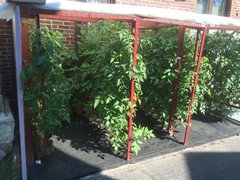
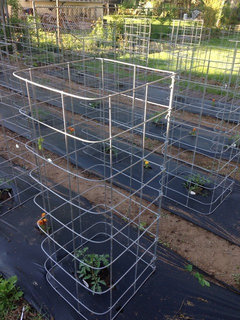
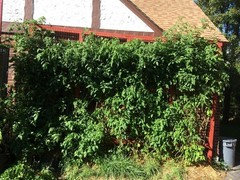
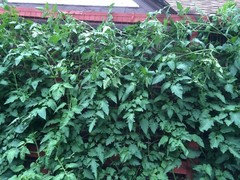
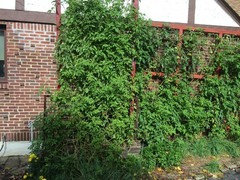


daninthedirt (USDA 9a, HZ9, CentTX, Sunset z30, Cfa)